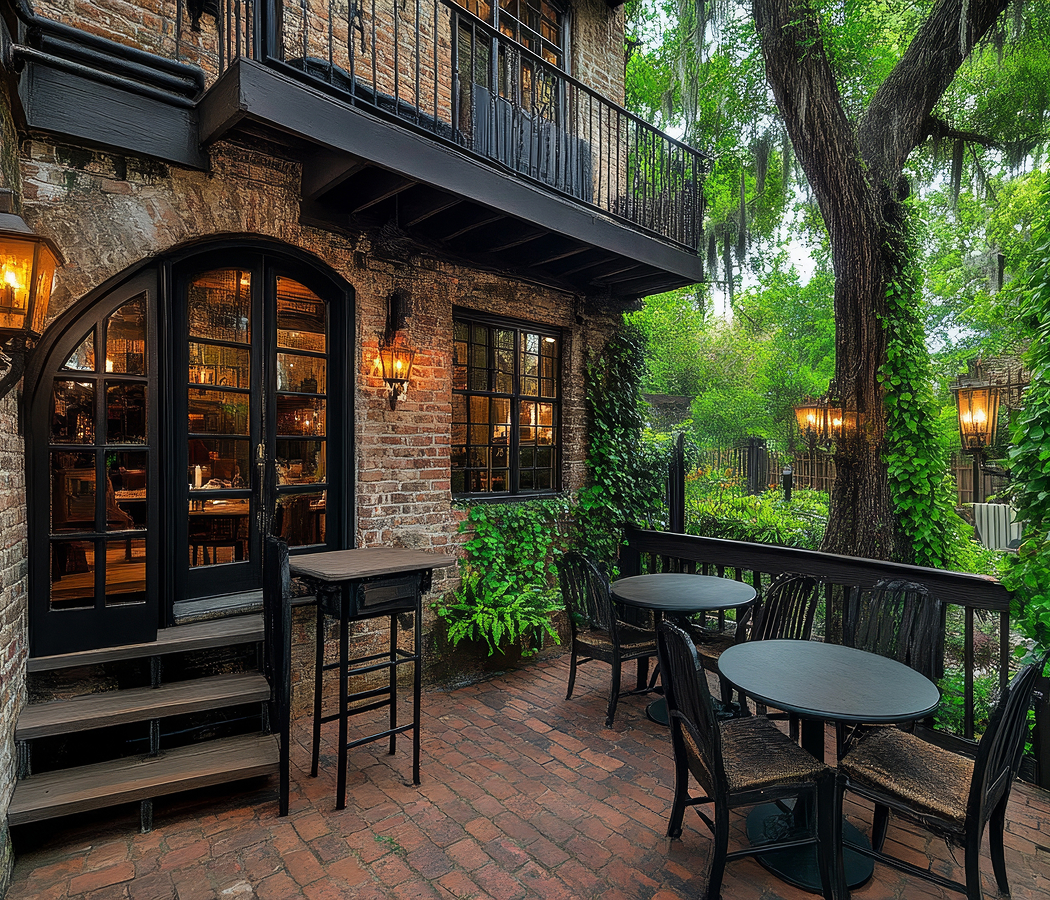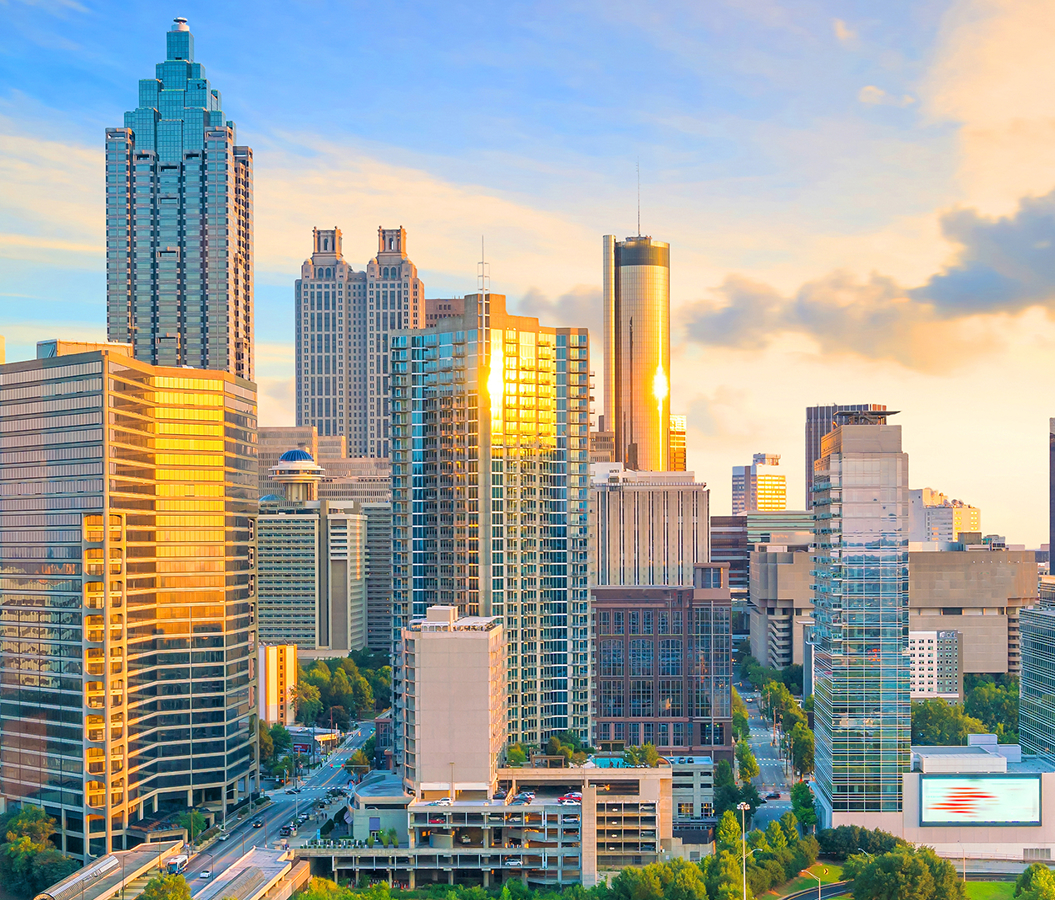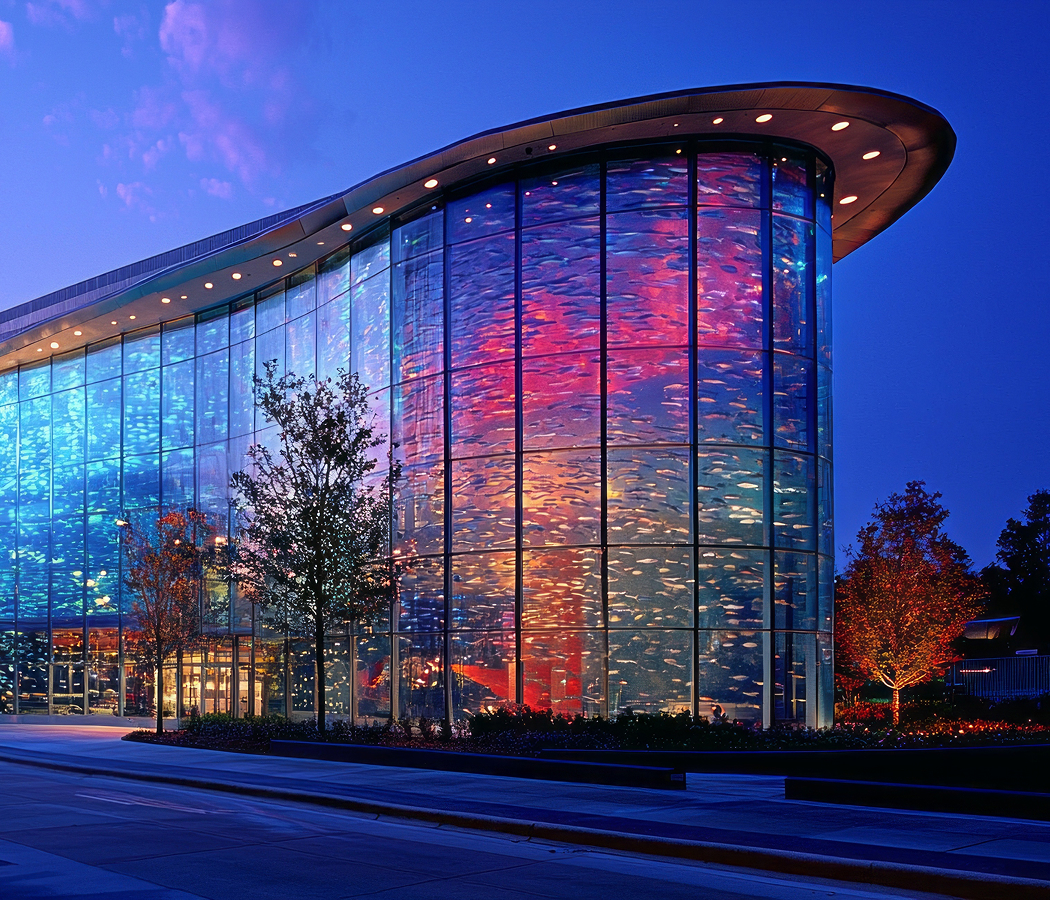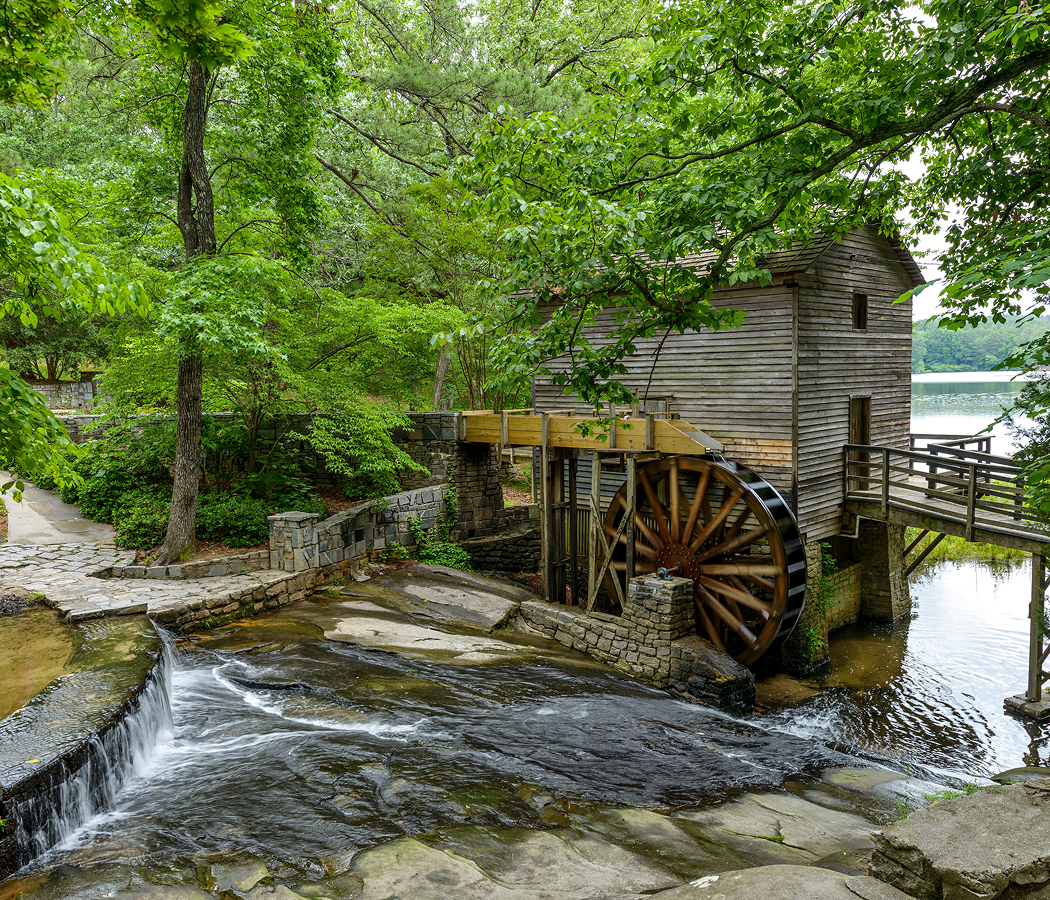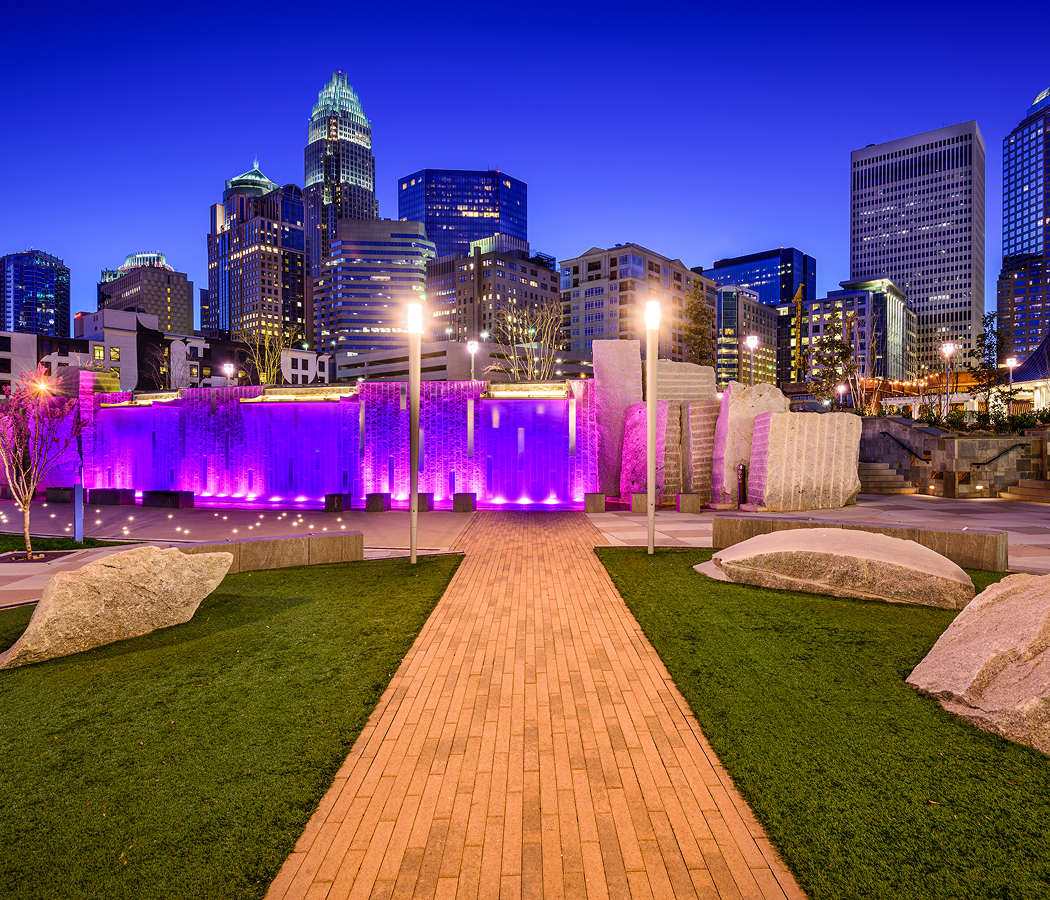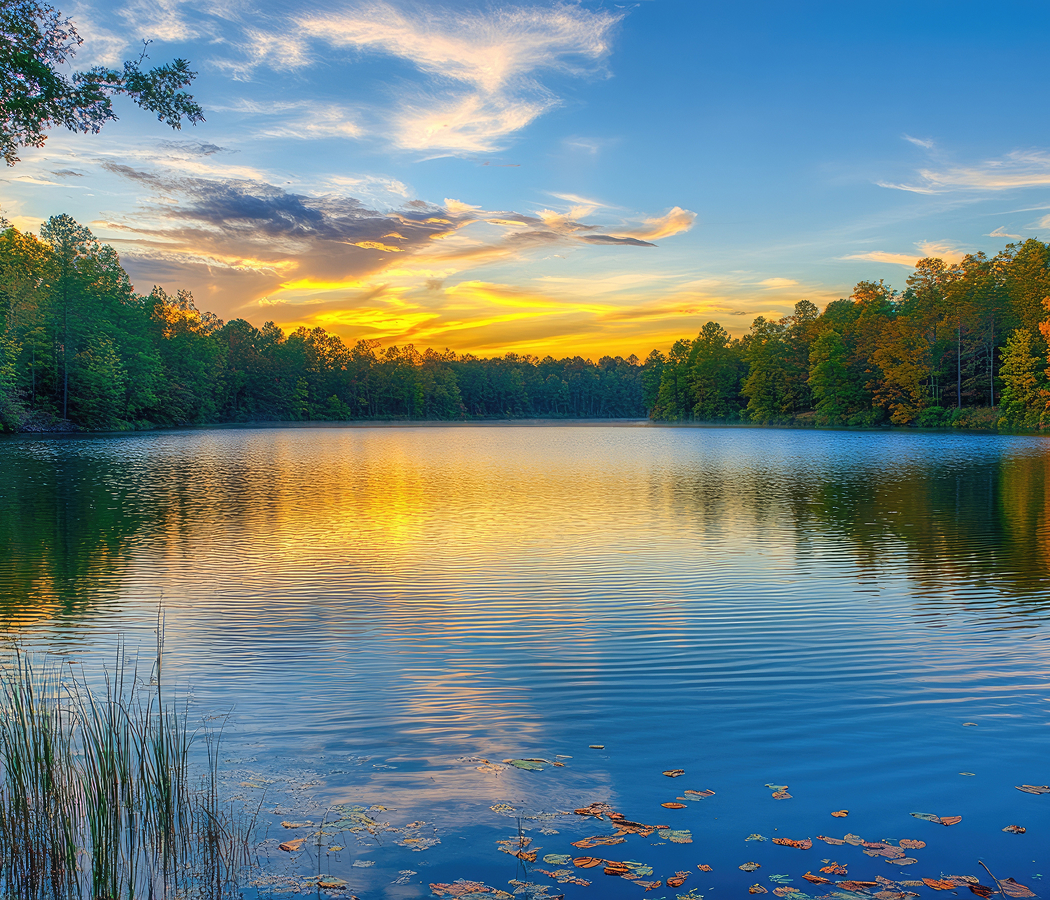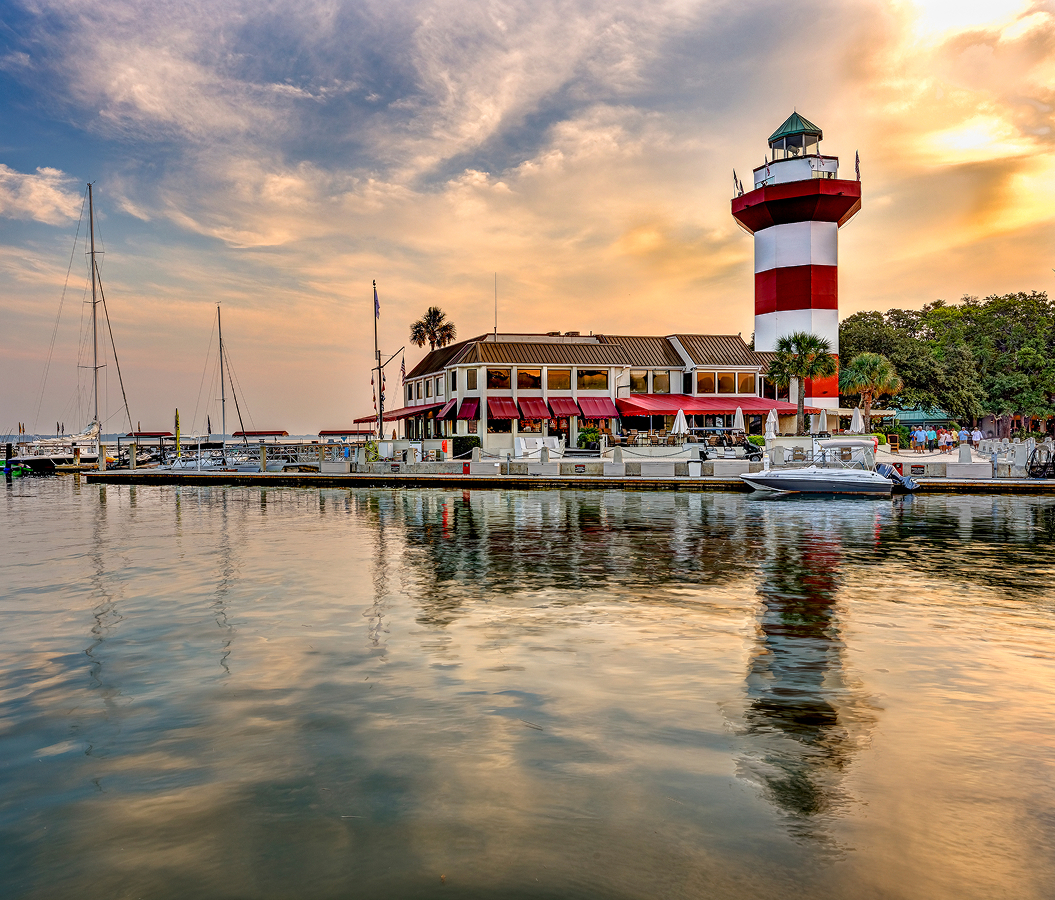
Why you should experience Fort Sumter in Charleston.
Fort Sumter in Charleston isn’t just a coastal fortress, it’s the spark that ignited one of the most defining chapters in American history.
Rising stoically from the waters of Charleston Harbor, this brick stronghold feels both timeless and heavy with memory. Accessible only by boat, the journey to Fort Sumter sets the tone before you even arrive, the skyline of Charleston fading behind you as sea breezes carry whispers of the past. When you first see the fort’s weathered walls, it’s hard not to imagine the thunder of cannons that once shattered the calm here in April 1861, marking the beginning of the Civil War. Yet standing within its remains today, surrounded by tranquil waves and gulls circling above, there’s a haunting beauty in the contrast, the silence where once there was chaos. The site doesn’t glorify battle; it honors endurance, sacrifice, and reflection. Fort Sumter’s power lies not in its size, but in its symbolism, the place where a divided nation’s story turned from rhetoric to reality. Visiting it feels like standing at the very intersection of history and consequence, a reminder that even the smallest island can change the course of a country.
What you didn’t know about Fort Sumter.
Fort Sumter’s story is far more layered than its moment of cannon fire.
Constructed after the War of 1812 as part of a new coastal defense system, the fort was named after Revolutionary War hero General Thomas Sumter. Its location at the entrance of Charleston Harbor made it a strategic key to the South’s defenses, but construction dragged on for decades due to shifting sands and funding shortages. By the time tensions between North and South reached their breaking point in 1860, the fort wasn’t even fully complete. When South Carolina seceded from the Union that December, Major Robert Anderson, commanding U.S. troops in Charleston, quietly moved his small garrison to the unfinished stronghold on the harbor’s edge, a decision that infuriated Confederate leaders. In the early hours of April 12, 1861, Confederate artillery opened fire on Fort Sumter, bombarding it for 34 hours until Anderson surrendered. No one was killed in the bombardment, but the event set the nation ablaze. Over the next four years, the fort became both a target and a symbol, pounded into ruins by relentless shelling yet never fully falling from memory or meaning. After the war, Fort Sumter stood as a skeletal reminder of what had been lost, and what had to be rebuilt. Its crumbling brickwork was later preserved as a national monument, not as a monument to victory, but to remembrance. The fort’s restoration in the 20th century was deliberately incomplete, the scars were left visible, an honest reflection of history’s weight.
How to fold Fort Sumter into your trip.
Visiting Fort Sumter is one of Charleston’s most essential and humbling experiences.
Start your journey at Liberty Square in downtown Charleston, where the Fort Sumter Visitor Education Center offers exhibits and context that prepare you for what lies ahead. From there, board the ferry that carries visitors across the harbor, a 30-minute ride that offers breathtaking views of the Ravenel Bridge, historic Battery promenade, and the skyline’s iconic church spires. As you approach the fort, its low silhouette emerges from the water, a simple but powerful presence. Once ashore, explore the parade ground, artillery placements, and museum exhibits housed within the fort’s reconstructed sections. Artifacts like cannonballs, uniforms, and fragments of the original flag tell stories that books alone can’t convey. Take a moment to climb the ramparts for sweeping views of the harbor, the same waters where blockade ships once lingered and Union gunboats fired their return volleys. The park rangers stationed here are exceptional storytellers, weaving facts and emotion into every retelling of the battle. For a truly evocative experience, time your visit near sunset; as the light fades and Charleston’s golden glow stretches across the water, the site transforms into a living memorial of both conflict and reconciliation. After returning by ferry, continue your day by exploring the Battery, where cannons and mansions overlook the same harbor, or stroll the cobblestone streets of South of Broad, letting the past and present blend seamlessly into the city’s rhythm. Fort Sumter isn’t simply a ruin on an island, it’s a mirror held up to the American soul. Its cracked bricks and enduring silhouette remind us that history isn’t buried; it’s built upon, weathered, and carried forward. To stand there, with the Atlantic breeze brushing against your face, is to stand where history changed forever, and to feel its echo, steady as the tide.
Hear it from the Foresyte community.
Whole place feels like history on hard mode. You’re standing where the first shots of the Civil War cracked the silence, staring out at the water like the cannons might still roar.
Where meaningful travel begins.
Start your journey with Foresyte, where the planning is part of the magic.
Discover the experiences that matter most.




